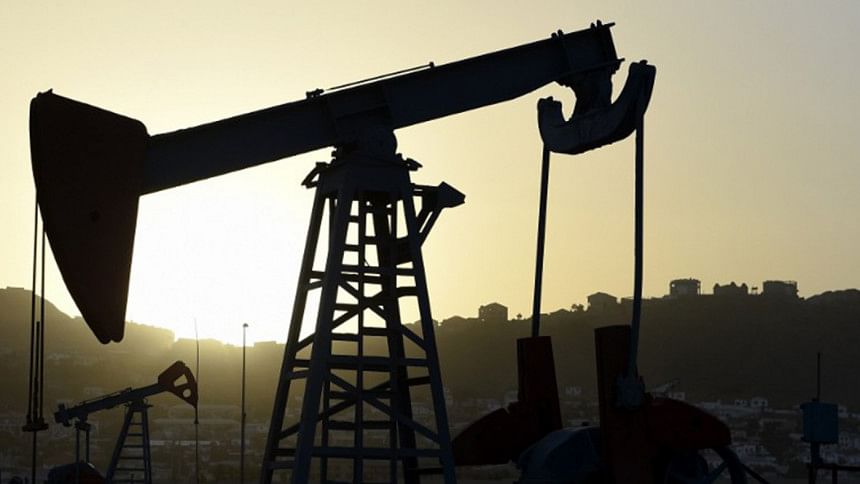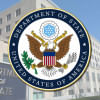Oil price falls to fresh 11-year low

Oil has continued its rollercoaster ride into the new year, with Brent crude falling below $35 a barrel for the first time in 11 years.
Brent crude sank by 4.2% to $34.88 a barrel, surpassing its late December fall and taking it to its lowest level since 1 July 2004.
The price of US crude dropped 3.3% to $34.77 a barrel.
The sharp falls followed a short-lived rally on Monday after Saudi Arabia broke diplomatic ties with Iran.
Analysts said fears over the worsening relations between Saudi Arabia and Iran, which had initially raised concerns about possible supply disruptions and boosted the oil price, had now gone away.

Instead, the tensions - fuelled by Saudi Arabia's execution of Shia cleric Sheikh Nimr al-Nimr - have curbed speculation that Opec members will agree to production cuts to boost prices.
"There are rising stockpiles and the tension between Iran and Saudi Arabia makes any deal on production unlikely," said Michael Hewson, head of strategy at CMC Markets.
From 2010 until mid-2014, world oil prices had been fairly stable, at about $110 a barrel. But since then, prices have plunged 70%, driven by weak demand in many countries due to insipid economic growth, coupled with surging US production.
Iranian oil exports are also expected to rise later this year once Western sanctions against Tehran for its nuclear programme are lifted, increasing the oil glut.
"Shale production and increasing capacity from countries like Russia, who need to protect revenue, combined with expectations of further Iranian supply, mean actual production as well as expectations of future production are rising," Hewson added.

 For all latest news, follow The Daily Star's Google News channel.
For all latest news, follow The Daily Star's Google News channel. 








Comments